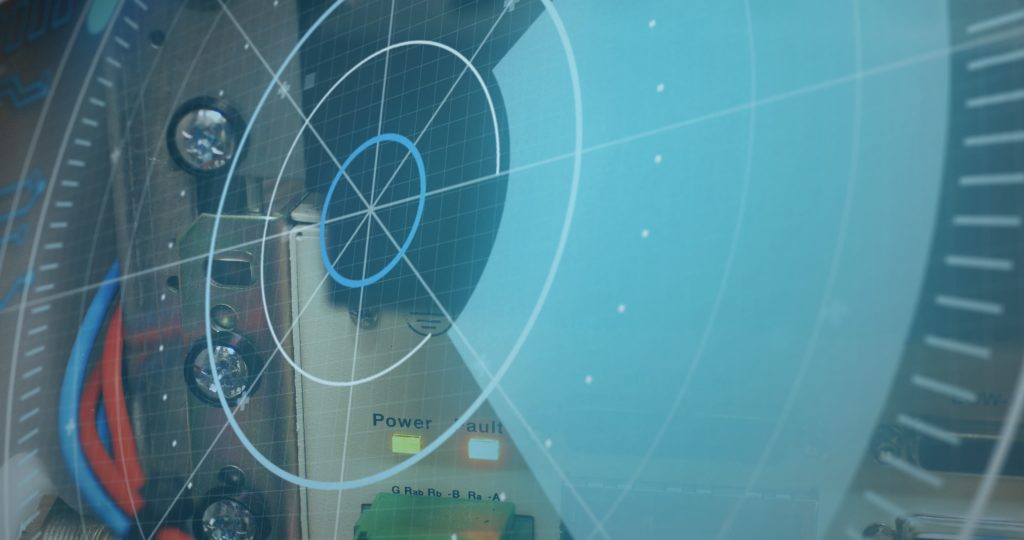The South China Sea: Maritime Strategy, Regional Pressure, and Global Risk
In December 2024, the Chinese navy deployed nearly 90 vessels in the South China Sea, staging a show of force that sent waves of anxiety through Taiwan, the Philippines, Australia, and the United States. This was not a routine display. According to Dr. Bruce Jones, senior fellow in foreign policy at the Brookings Institution, these exercises “are not just demonstrating capability, they’re putting assets into place, moving in the kinds of patterns that would be necessary, were they to launch military action against Taiwan.”
Speaking on The International Risk Podcast, Dr Bruce Jones explained that for Taiwan, the gap between military drills and actual invasion has narrowed dramatically. “One Taiwanese official told me… the amount of notice that we would get between an exercise and an invasion is now essentially zero.” In his view, China is sending two clear signals. To Taiwan, the message is that the People’s Liberation Army Navy is ready to act with little warning. To the United States, it is a warning that defending Taiwan would come at a very high cost.
But this is not necessarily about war in the immediate term. As Jones put it, China’s aim may be to signal readiness as a means to avoid conflict entirely, using coercive strength to achieve political outcomes. “My sense is that their preference is to signal that they have the ability to do so… and then pursue political strategies to get Taiwan to accommodate their interests or agree to a kind of reunification process.”

Maritime Power in a Shifting Strategic Landscape
Jones’s argument, detailed in his book To Rule the Waves: How the British Navy Shaped the World, holds that control of the oceans remains a foundational element of superpower status. On the podcast, he reaffirmed that belief, despite rising attention to cyber, AI, and space. “Navies are the largest user of space systems,” he noted. “Two-thirds of the world’s nuclear weapons are on nuclear-powered submarines.” The world’s oceans remain the primary arteries of trade, communications, and military positioning. Even a routine podcast recording, he pointed out, relies on undersea cables that carry 99 percent of global data. The strategic importance of maritime infrastructure is growing, especially as competition for seabed resources intensifies. “We’re going to see increasingly the Pacific pulling resources away from the Atlantic,” he said. “Europe is really going to have to step up.” The situation around Taiwan underscores this reality. “Taiwan could be a flashpoint even if it was on land,” Jones said. “But it just so happens that it will play out in a maritime space.” The waters surrounding Taiwan are not just symbolic. They are where any clash between China and the United States would almost certainly unfold.
Regional Powers and Strategic Calculations
While the world often focuses on the binary between China and the United States, Jones cautioned against underestimating the agency of regional powers. “It’s important to recognize their geography. Their geography matters a great deal, especially to the Chinese.” Countries like Japan, the Philippines, and Vietnam have their own reasons to be wary of Beijing, independent of Washington’s interests. Still, Jones remains clear-eyed about the limits of regional influence. “The United States and China will be the primary actors… Australia will be part of that. Japan will be part of that, the Philippines. But the United States and China will be the primary actors.”
But geography is only part of the equation. These regional powers are making deliberate strategic calculations and investing in naval modernization, reinforcing maritime boundaries, and strengthening bilateral and trilateral security arrangements. The Philippines has revived military ties with the US; Japan is increasing defense spending at levels not seen since World War II; and Vietnam is enhancing maritime domain awareness with quiet support from Quad members. These nations are not just pawns on a superpower chessboard—they are hedging, aligning, and preparing for multiple futures. Regional stability hinges not just on great power behavior, but on the coordination – or misalignment- of these secondary actors navigating their own complex risk environments.
Freedom of Navigation and Miscalculation Risks
As tensions rise, freedom of navigation operations have become a key source of friction. While they assert legal rights under international law, they also carry strategic weight. “There’s a signaling and a counter signaling that goes on,” Jones said. “We think we’re signaling X, they read Y.” The calibration of these operations, when, where, and how often they occur, is critical. “It’s extremely easy to get wrong,” he added, noting the high stakes of strategic miscommunication in contested waters.
These operations, often involving US destroyers or allied frigates sailing through disputed areas like the Taiwan Strait or Spratly Islands, are not just legal gestures. They are political statements in metal and motion. For Beijing, such maneuvers are increasingly interpreted as provocations. For Washington and its partners, they’re essential to upholding a rules-based international order and deterring creeping normalization of Chinese maritime claims. The danger lies in the margin for error. A single misstep, an intercept, an engine failure, or a mid-level commander misreading intent, could spiral into a broader crisis. In an environment loaded with nationalist rhetoric, AI-driven weapon systems, and fractured communication channels, the risk of escalation from tactical mistake to strategic disaster is very real.

Gray Zone Tactics and Military Rehearsals
China’s so-called gray zone tactics, using fishing vessels, Coast Guard ships, and paramilitary forces to assert presence without direct conflict, have been effective at incrementally increasing pressure in the region. But Jones is skeptical about their long-term impact. “The minute your Coast Guard ship sails away, it’s just open water again,” he said. He sees these activities less as territorial grabs and more as training for high-end naval warfare. “To my mind, what’s really important… is preparation for high-end naval warfare.” China, he warned, is not just trying to assert dominance. It is laying the groundwork for a different kind of maritime order, one that challenges American assumptions about the global commons. “They’re asserting a kind of incipient alternative maritime order,” he said. “We don’t buy this notion that freedom of navigation as guaranteed by the United States is the primary form of maritime order.”

The Taiwan Timeline: Sooner Than Expected?
As policymakers and analysts debate timelines for a potential conflict, 2027 has become a popular milestone. But Jones rejects that framing. “I’ve never been a fan of the 2027 timeline because I think there’s a distinct possibility it happens sooner than that.” He worries most about a legal move by China to declare customs control over Taiwanese trade. “By doing that, they start to erode Taiwanese sovereignty,” he said. “And then we’re off to the races.” That scenario would have enormous implications, especially given the world’s dependence on Taiwanese semiconductor production. “The United States is wholly dependent on the flow of high-end chips from TSMC… which means you can’t allow China to have customs control over Taiwan.” The risk of escalation, even without a formal invasion, is real. “You can imagine the escalation risks there being rather extreme,” Jones said. “That could happen much sooner than 2026, than 2027.”
A Warning from Beneath the Surface
In closing, Jones issued a stark warning about a largely overlooked threat: Russian undersea capabilities. “Russia is a first-rate power under sea,” he said. “They are building up capacity to threaten the West’s reliance on the subsea infrastructure and to deploy weapons for which we have no answer.” These capabilities, he noted, are not abstract. They include nuclear-powered drones and advanced uncrewed vehicles designed to target critical seabed infrastructure. “It’s literally invisible, happening under sea,” Jones said. “But it’s a really serious risk that people need to pay a lot more attention to.”






One Comment
Comments are closed.